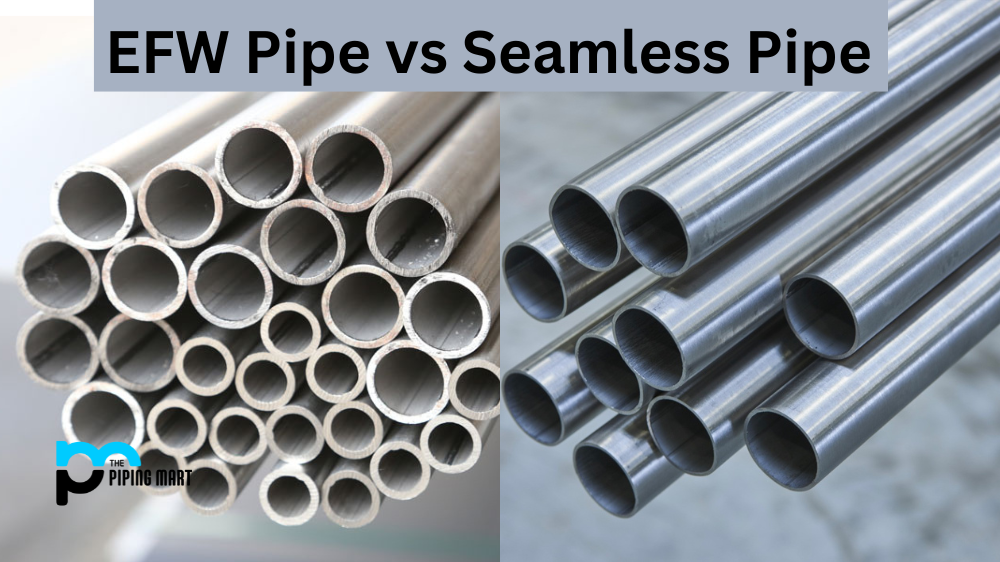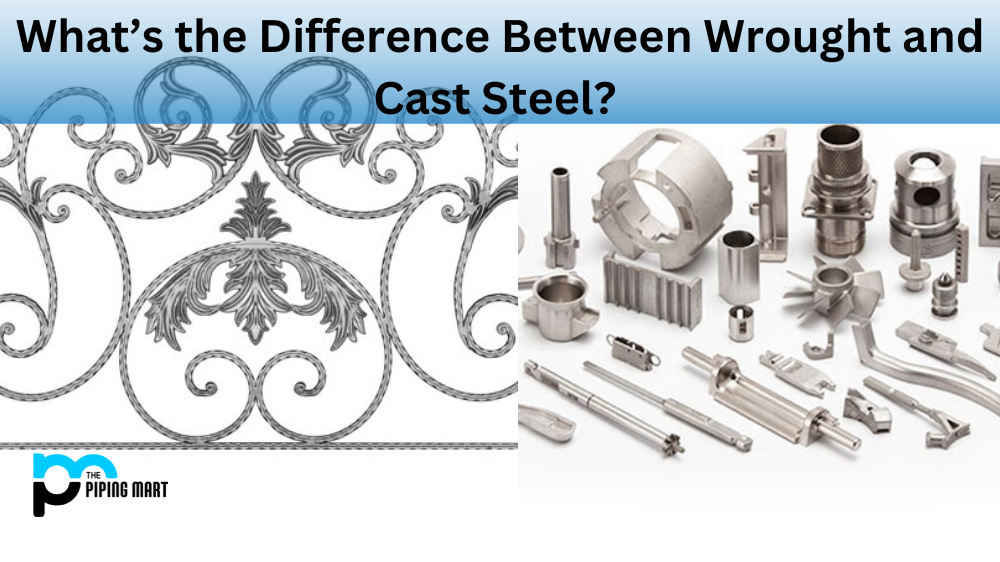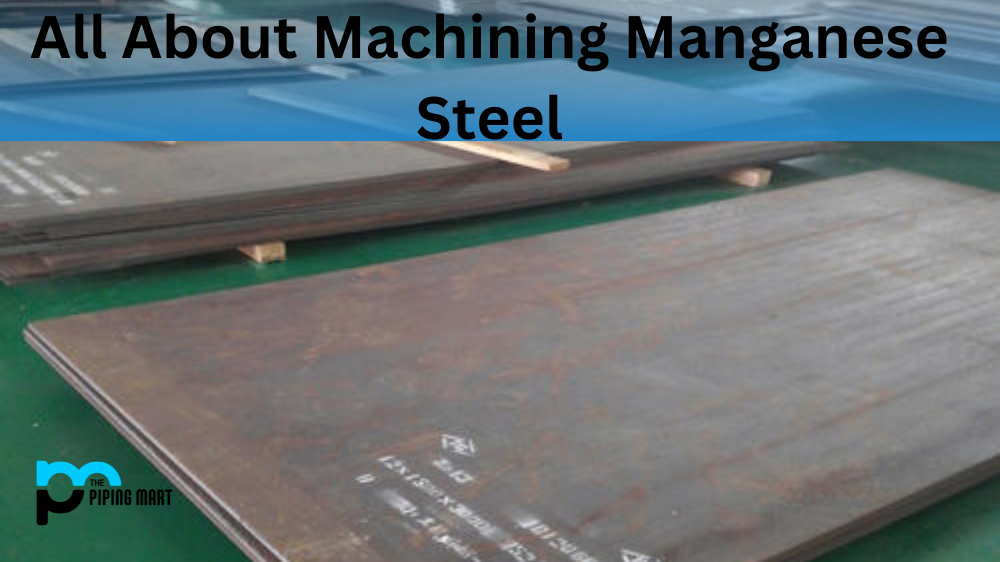When it comes to industrial and commercial applications, selecting the right type of steel pipe for the job is crucial. Two in-demand types are electric fusion welded (EFW) and seamless pipes. Both have their unique advantages and disadvantages. This blog post will discuss the differences to help you decide which pipe is best for your project.
EFW Pipe
EFW pipe is made from a welded plate. The plate is rolled and then welded together to form a tube. This type of pipe is typically used for carrying high-pressure fluids or gas. EFW pipe is available in various sizes and can be customized to meet the customer’s needs.
Seamless Pipe
Seamless pipe is made from a single piece of metal. The metal is heated and then formed into a tube. Seamless pipe is stronger than EFW pipe and can withstand higher pressures. Seamless pipe is available in various sizes but cannot be customized like EFW pipe.
Difference Between EFW pipe and Seamless pipe
EFW pipe and seamless pipe are both used for transporting fluids or gas. However, there are some key differences between the two types of pipe.
There are several key differences between EFW pipe and seamless pipe. EFW pipe is made from welded plates, while the seamless pipe is made from a single piece of metal. Seamless pipe is stronger than EFW pipe and can withstand higher pressures. Seamless pipe is also available in a wider range of sizes than EFW pipe. However, EFW pipe can be customized to meet the customer’s needs, while seamless pipe cannot be customized.
Applications
EFW pipes and seamless pipes are both used for carrying fluids or gas. However, each type of piping has different applications. For example, EFW piping is often used for high-pressure fluids or gas, while seamless piping is more commonly used in applications where strength and durability are important factors.
Manufacturing process
EFW pipes are made by welding two metal plates using an electric current. These plates are formed cylindrical and welded from the inside out. On the other hand, seamless pipes are made by piercing a solid cylindrical steel billet with a mandrel to create a hollow tube. Because seamless pipes do not require welding, the pipe can withstand higher stress and pressure than EFW pipes.
Cost
Since seamless pipes do not have any welded seams, they tend to be more expensive than EFW pipes. Welding is labour-intensive, meaning the cost of welding pipes together is passed onto the customer. EFW pipes, by contrast, are easier and less expensive to make, making them a more cost-effective option for industrial or commercial applications.
Strength and Durability
Seamless pipes are known for their strength and durability. The manufacturing process reduces the number of potential weak spots in the pipe, making it less susceptible to leaks, cracks or failures. Because of the welding process, EFW pipes have more potential weak spots, particularly near the welded seams. However, they are still strong enough to meet most standard industrial and commercial requirements, especially considering their lower cost.
Availability
EFW pipes are readily available in various sizes, grades, and lengths. They can easily be made to fit a variety of project-specific requirements. Seamless pipes, however, are limited by the size of the solid billet from which they are made. Therefore, they have more limited availability in terms of diameter size.
Corrosion Resistance
Both EFW and seamless pipes can be made from various corrosion-resistant materials, but they are typically more corrosion-resistant because of their manufacturing process. In addition, seamless pipes can be made with a thicker wall, meaning they can better resist corrosion in harsh environments.
Conclusion:
Ultimately, the decision between EFW and seamless pipe will likely be determined by the specific needs of your project. EFW pipes are often the best choice for applications where cost is a priority, particularly for projects with non-critical applications. However, seamless pipes are typically the better option for projects where strength and durability in high-pressure and high-stress environments are critical. Whatever your project needs, it is important to work with a reliable and knowledgeable supplier who can help you select the most appropriate pipe for your specific situation.

Abhishek is a seasoned blogger and industry expert, sharing his insights and knowledge on various topics. With his research, Abhishek offers valuable insights and tips for professionals and enthusiasts. Follow him for expert advice on the latest trends and developments in the metal industry.




